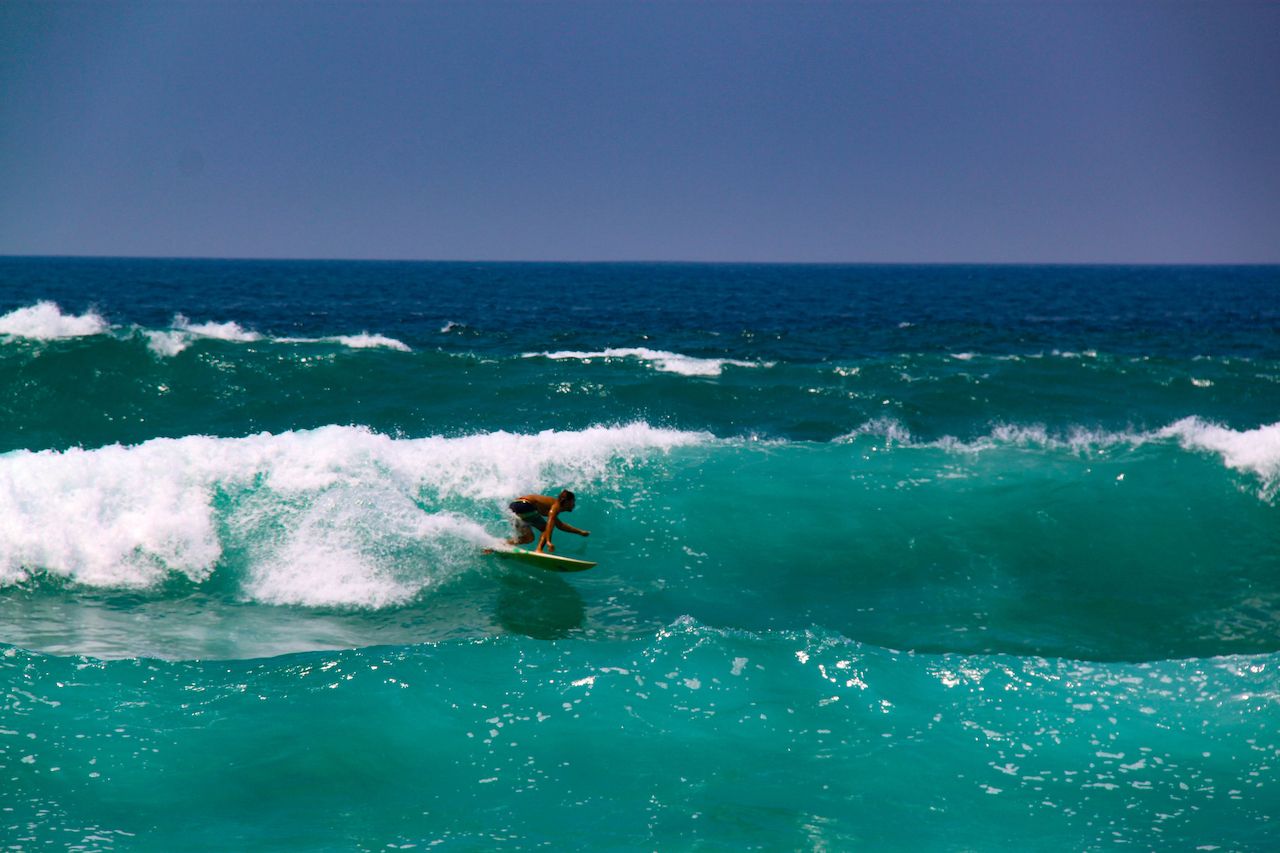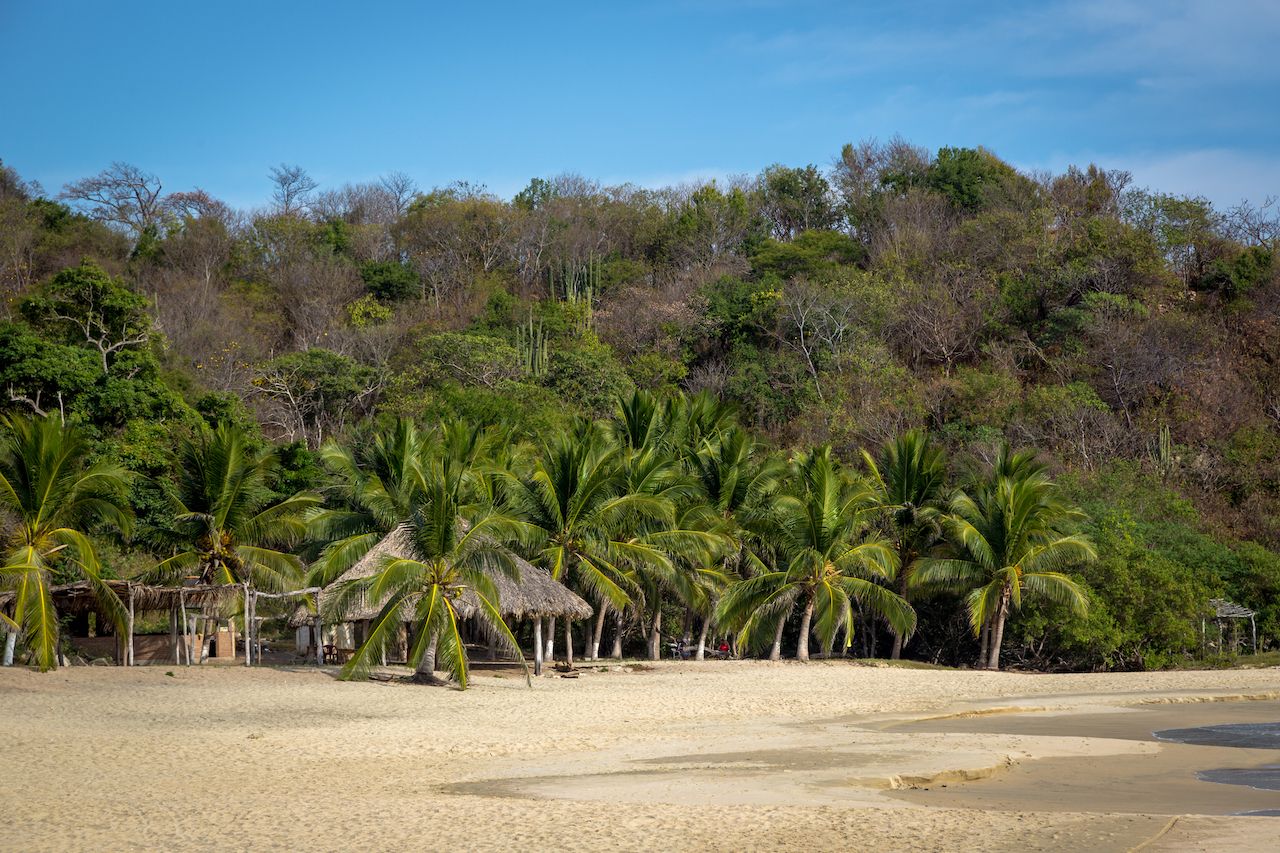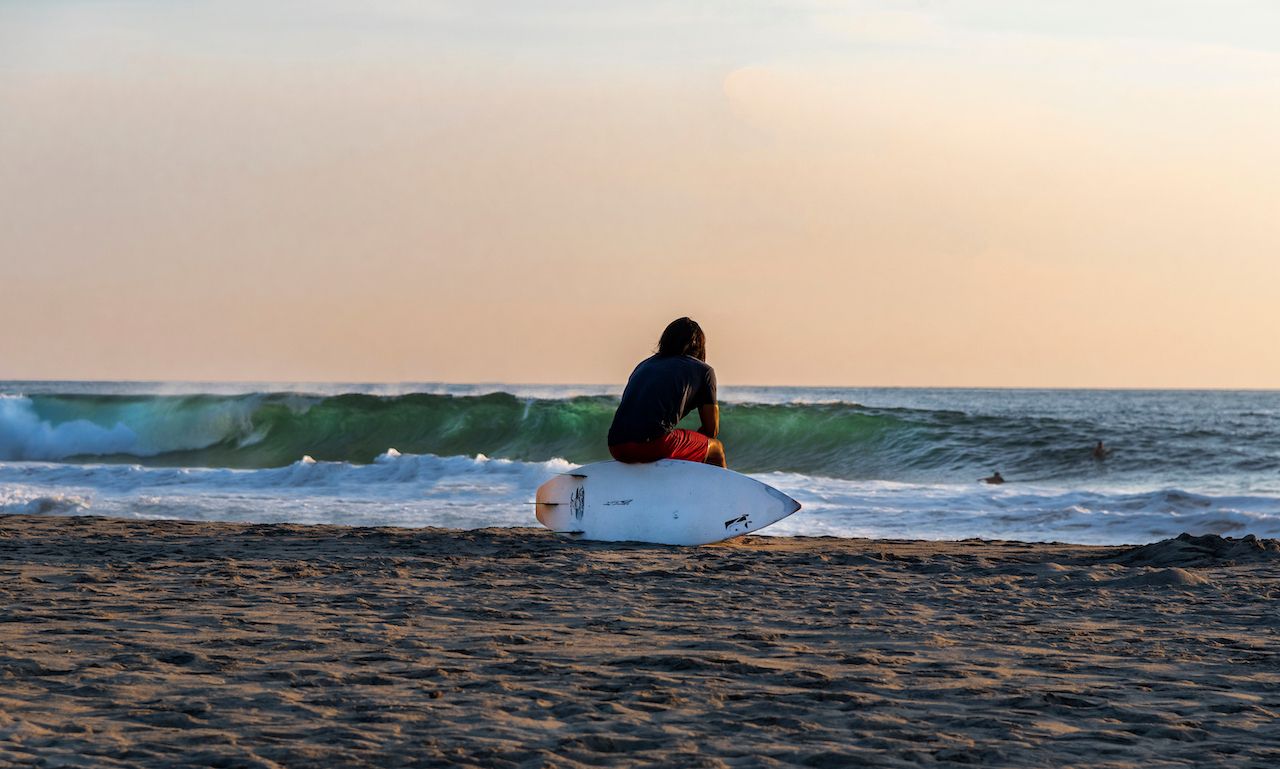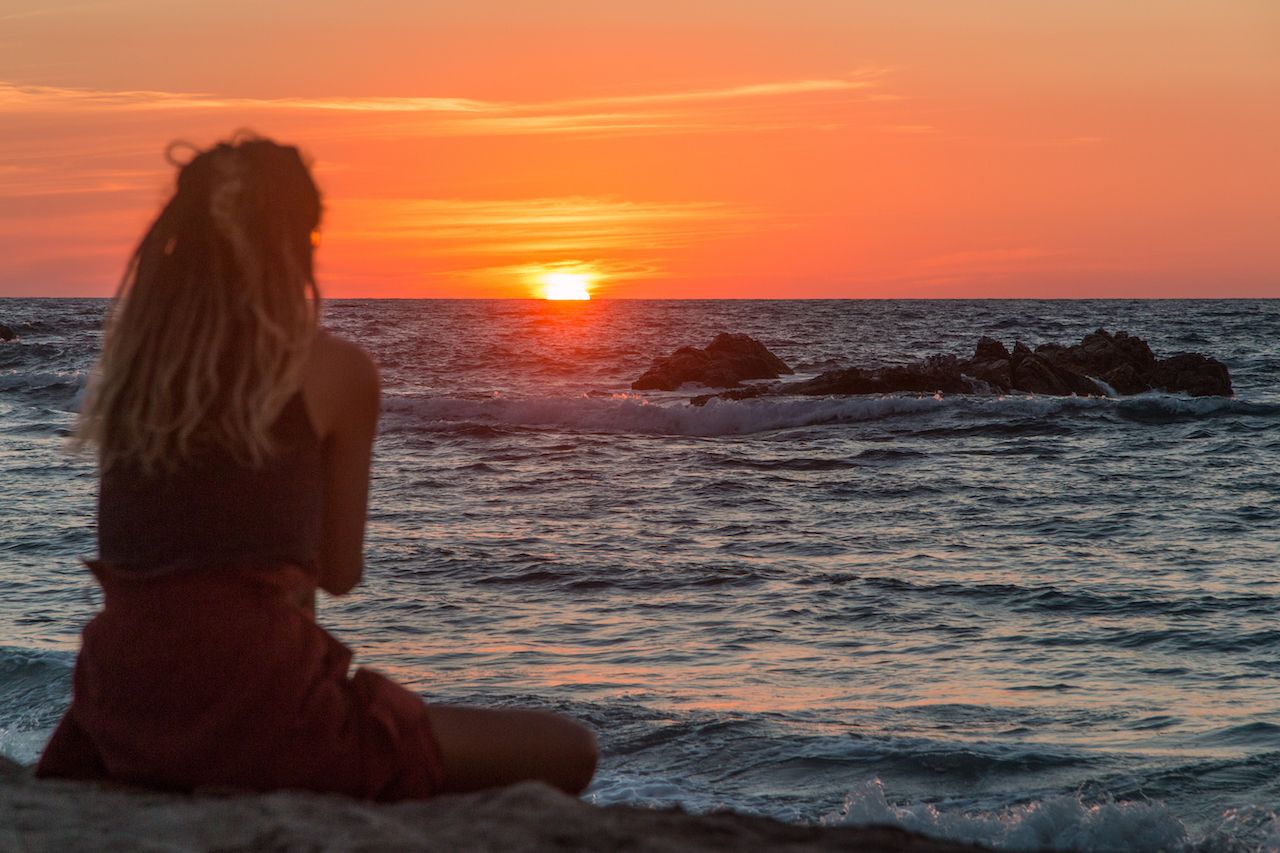Nothing felt normal last year. In my attempt to salvage some idea of bettering myself against the apocalyptic backdrop of 2020, I focused on surfing. I was shaken out of my routine but ended up finding my feet again and carving out a new life for myself, one that in many ways challenges my idea of what made me happy in my pre-COVID existence.
A “hidden port” south of the border
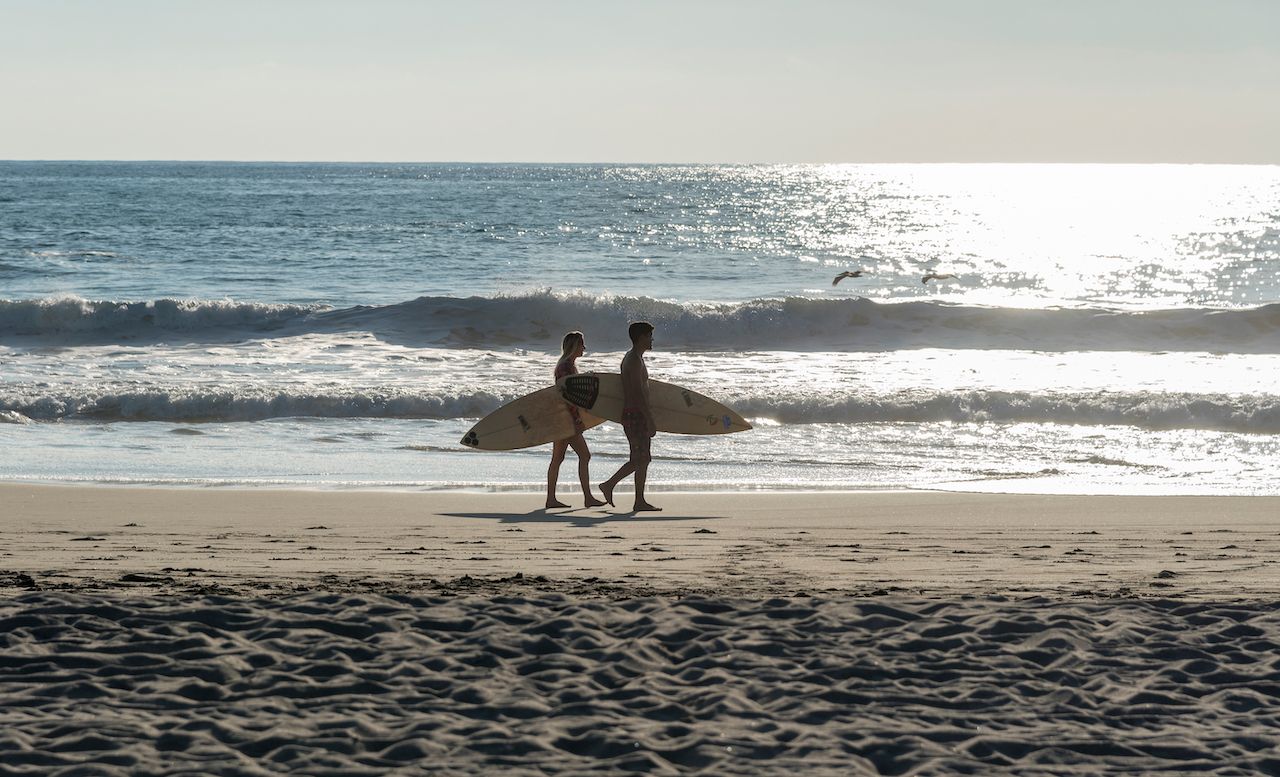
Photo: Photostock by LEEM/Shutterstock
Even before the pandemic broke out, I was paying month-to-month rent and working remotely. I prided myself on having the freedom to travel and live independently and unattached. This non-tethered existence served me well when, after six months of quarantine, I decided to move to Puerto Escondido, Oaxaca, a small surf town in southern Mexico. Living in a small tropical town felt safer to me than living in San Francisco, and one of the many things that I instantly loved about life in Puerto Escondido is that everything takes place outdoors, which felt freeing after so many months of confinement.

